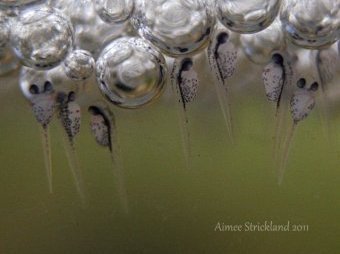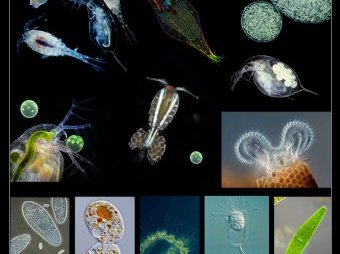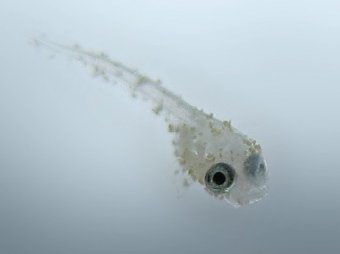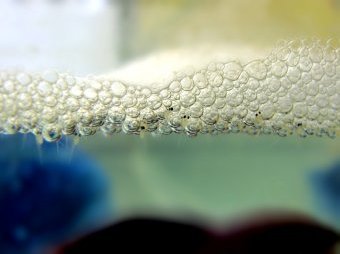
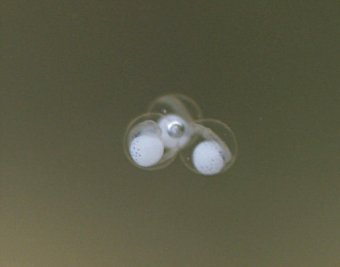 If you wish to raise small fish fry, the very first challenge you will face is feeding them. If you wish to raise fry from fish like betas, guppies and gouramies, you are faced with feeding invisible food to (almost) invisible fish!
If you wish to raise small fish fry, the very first challenge you will face is feeding them. If you wish to raise fry from fish like betas, guppies and gouramies, you are faced with feeding invisible food to (almost) invisible fish!
The first kind of food young fry of small fish species need is Infusoria. ‘Infusoria’ is an old aquarists term and refers to microscopic life forms that live in all fish tanks, but almost never in large enough numbers to sustain a few hundred hungry baby fry.
It is usually at this stage that the breeder-aquarist grabs at a commercial product called “Liquifry”. Many breeders swear by it, but the truth is that this product is not so much a fish food as it is food for the fish food, because all Liquifry does is feed the infusoria already present in the tank, thus promoting the growth of the small infusoria organisms that fry feed on.
Infusoria are essential for very small fry that, while newly free swimming, are simply unable to feed on larger live foods. Even baby brine shrimp and micro worms may be too large for these very small fry. As a responsible breeder, you do not want this to be a hit-and-miss affair. A good supply of infusoria is therefore needed to help your fry through the first vital days of their lives and make sure that their stomachs are always full. The only way to make sure of that, is by culturing and feeding your own supply of infusoria.
It is not difficult, nor is it expensive, and you do not need a lab coat and microscope to do so!
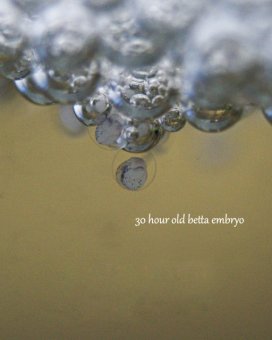 But let us do the research first!
But let us do the research first!
The images below, taken by Aimee Strickland with a macro lens, give you an idea of just how bitterly small small fry can be!
So, what are infusoria?
It helps to think of infusoria as fresh water ‘plankton’, because that is what it essentially is. Infusoria refers to just about any microscopic, or nearly microscopic organism that lives in fresh water. The list is endless, so I will not name every organism that could be in an infusoria culture, but some of the primary ones include:
- Algae (Volvox)
- Amoebas
- Euglena
- Paramecium
- Rotifers
- Stentor
- Vorticella.
Infusoria is particularly critical for anyone who is attempting to breed fish, as many newly hatched fry subsist entirely on microscopic infusoria during the early days of their lives. Having a ready supply of infusoria can make the difference between success and failure for an entire hatching of young fry. It also gives your fry the optimal head-start towards healthy growth and development. The most nutritious of the infusoria organisms are the rotifers and ciliates like paramecium.
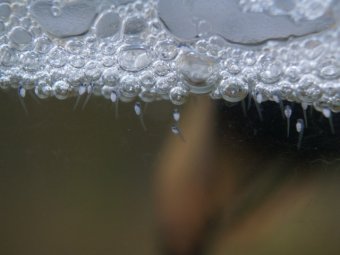 Where Are Infusoria Found?
Where Are Infusoria Found?
Infusoria live in all watery environments — ponds, streams, vases with cut flowers, everywhere water is present. Purified water, such as that purchased in shops and restaurants, is relatively free of such organisms. Municipal tap water is also heavily treated against insuforia organisms. But outdoor bodies of water and even puddles by the roadside literally teem with microscopic organisms/infusoria. It is a world we are not even aware of, where thousands of small creatures eat and get eaten in just one drop of water!
Just so, all aquariums have infusoria — however, we as aquarists perpetually fight the ‘cloudy or green water’ problem in our aquaria. Whenever plankton blooms make their unbidden appearance in our tanks, and especially in our new tanks, we treat the phenomenon as a problem, instead of a food culture. We change our water, filter and ‘polish’ it, and add a plethora of chemicals, all in the quest for sparkling clean and clear water!
So, it is no wonder that the quantities of infusoria in our tanks are inadequate for raising fry. Hence we have to culture infusoria to feed our fry. However, before delving into how to start your own infusoria culture, it’s wise to know where not to get infusoria.
Where NOT to get Infusoria
It is not unusual for aquarists to be advised to trot down to the nearest pond and scoop up some water to get a good starter culture for infusoria. However, that practice brings considerable risk. The unwary aquarist may be carrying a huge amount of grief home in that little jar of eagerly collected pond water!
In the balance of nature, the undesirables (for us) live cheek by cheek with the good stuff. Out there, all of them are needed to complete the countless cycles of life. But they have no place in our tanks. To name but a few, water tigers, water fleas, damselfly and dragonfly nymphs, hydra, planaria, water boatmen and the larvae of the diving beetle are particularly prolific, and many are quite nasty. Some of these will eat anything they can get a hold of — including your young fish. Even bugs usually considered beneficial in ponds, such as the water boatman, can be dangerous to small fry.
Needless to say, the dangers out-weight the benefits when it comes to taking water from outdoor sources to start an infusoria culture. The best option is to start your own culture indoors, using your own items under hygienic circumstances, so that you can precisely control what is in the end product.
Culturing Infusoria
